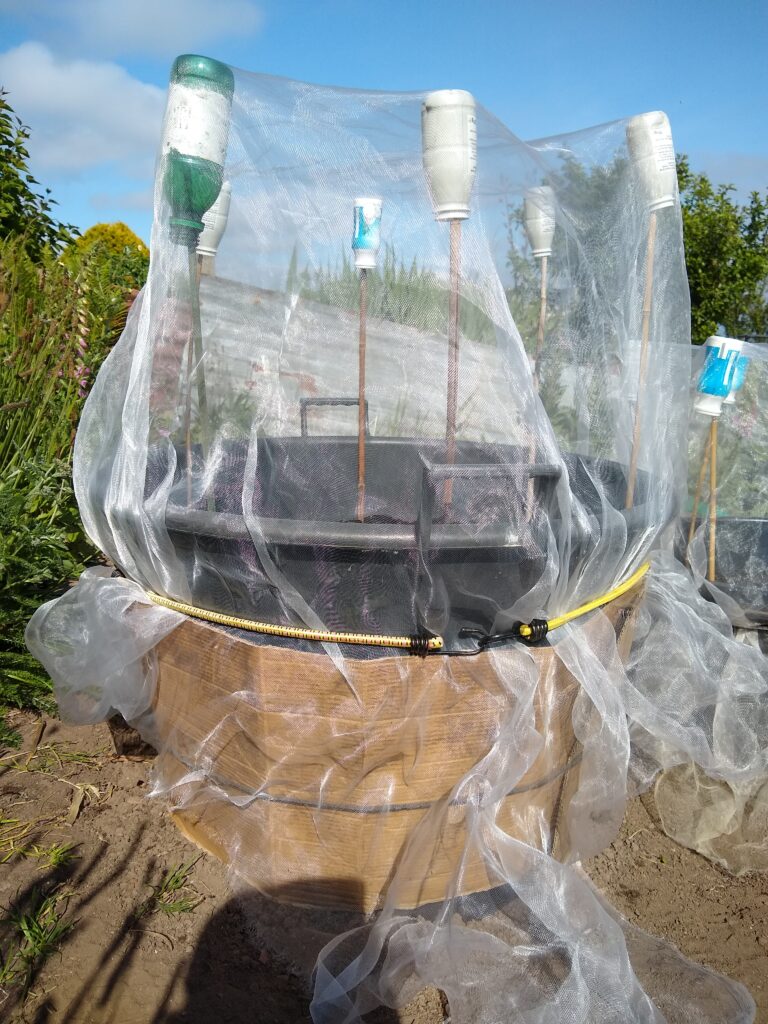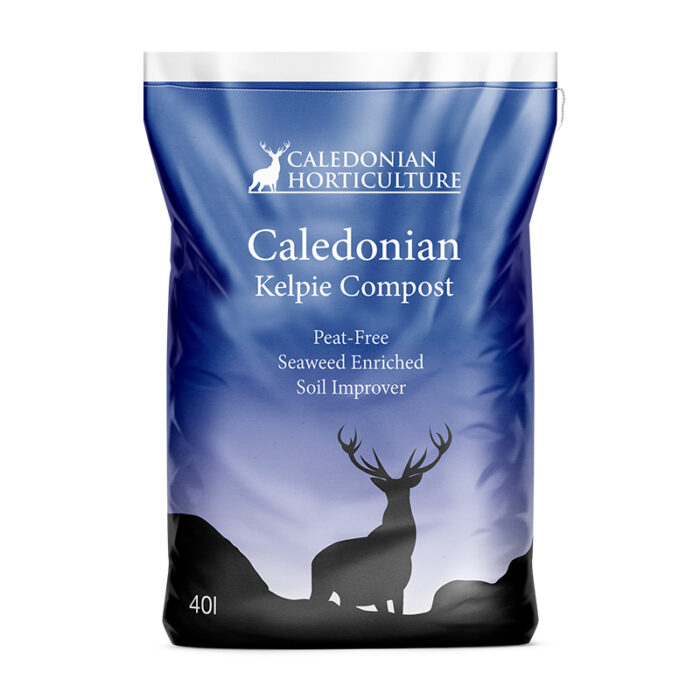Guest post by Kevin Jameson
Hi. I’m Kevin Jameson, an allotment gardener for nearly 30 years together with my lovely wife Angela. I’ve been interested in gardening all my life thanks to my Mum. She’s 90 and is still as keen as ever. Once you have the bug it seldom leaves you.
We try to garden in a sustainable way using organic methods. Mostly with very good results and a steady supply of produce but as any seasoned gardener will say, you never stop learning. That’s part of the joy of it. I’m very pleased to have an opportunity to contribute to the blog and share some of our gardening experiences with you.
Growing Carrots in Containers
Carrots are probably near the top of all the home grown crops that we aspire to cultivate. Lovely sweet crunchy carrots freshly harvested compared to the bland supermarket ones that have been sitting in a chilled warehouse for months. There’s no comparison.
Carrots are quite easy to grow. They just need plenty of sunshine, well-drained soil with not much feeding. There is a snag though. A very common tiny insect, psila rosae also known as carrot fly is capable of ruining a whole crop. It lays its eggs near the plants and the larvae (grubs) hatch and burrow into the carrots.
A new gardener may not notice the tell-tale sign of carrot fly damage, the leaves start to turn purplish, until harvest time and voila! Carrots full of small dark tunnels in their roots.
We have given up trying to grow carrots in open ground. Methods such as netting over or planting strong smelling plants alongside hasn’t made any difference. As a last resort, we tried containers and are now able to grow a really decent crop each year that can last well into the winter.
If you are new to gardening, have limited space for growing vegetables, or have tried growing carrots and been disappointed, try using these two container methods.
All of the equipment is reuseable so bear this in mind when purchasing. Carrot seeds should be fresh and can be sown up to July.
Method 1 – Grow at Height

You will need:
- A container at least 20cm deep with drainage holes in the bottom. The one pictured is 20cm deep and 68cm wide.
- A sturdy table, trestle, shelf unit or at least 1 metre high (or equivalent).
- Watering can with sprinkler rose.
- Compost – I use a 50/50 mix of Caledonian Horticulture Topsoil and Kelpie Compost.
- Fresh carrot seed
The aim here is to keep the carrots out of reach from the low-flying carrot flies. We also grow the herb dill (related to carrots) this way.
You should position your container in a sunny location on a platform that is at least 1 metre above ground level. You may have a window ledge or possibly a balcony that is suitable.
Method 2 – Netting and Bungee Cord
You will need:
- A large deep container with a lip and drainage holes in the bottom. For example, a rubble bucket.
- A length of bungee cord to fit around tightly.
- A large piece of fine nylon netting.
- 6 canes or sticks with 6 small plastic bottles to support the netting.
- Watering can with sprinkler rose
- Compost – the 50/50 mix of Caledonian Horticulture Topsoil and Kelpie Compost.
- Fresh carrot seed
This is our preferred method. The fine net and bungee makes the container virtually fly-proof. It does take a bit more effort to set up but larger, deeper containers can be used placed on the ground. That means more and bigger carrots.

The cardboard strapped to the side of the container helps to stop sunlight overheating the container. When the net is held in place you can still pull the bungee gently away enough to make a gap to squeeze a hand in for a moment if need be. Keep the net on until October at least to be on the safe side.
Sowing Carrots in a Container
- Fresh carrot seeds germinate well so you can avoid any need to remove or thin out overcrowded young plants.
- After filling the container with compost and topsoil mix, press down gently and water well.
- Leave for a few minutes, then make small finger tip depressions over the compost surface about 8cm (3inches) apart (closer if you prefer baby carrots).
- Put one seed into each depression. This is a bit of a fiddle but worth it.
- Cover the surface and seeds with 2cm of compost topsoil mix.
- Press down and water gently.
- Make sure the surface of the compost stays moist for at least a month until the young carrots are established.
- Keep an eye out for any small weeds that might appear and remove.
- If you are using the netting method, watering can be done carefully through the net using the rose sprinkler.
Wishing you a sweet and crunchy success!
-
 Builder’s Bag Kelpie Compost£72.00 inc VATRated 4.96 out of 5 based on 138 customer ratings
Builder’s Bag Kelpie Compost£72.00 inc VATRated 4.96 out of 5 based on 138 customer ratings -
 Builder’s Bag Topsoil£68.00 inc VATRated 4.92 out of 5 based on 165 customer ratings
Builder’s Bag Topsoil£68.00 inc VATRated 4.92 out of 5 based on 165 customer ratings -
 40L Kelpie Compost£4.75 – £5.75Price range: £4.75 through £5.75 inc VATRated 4.97 out of 5 based on 88 customer ratings
40L Kelpie Compost£4.75 – £5.75Price range: £4.75 through £5.75 inc VATRated 4.97 out of 5 based on 88 customer ratings




Many thanks, Mr Jameson, I will definitely try this on my terrace. And I never knew that carrots and dill are related – fascinating!